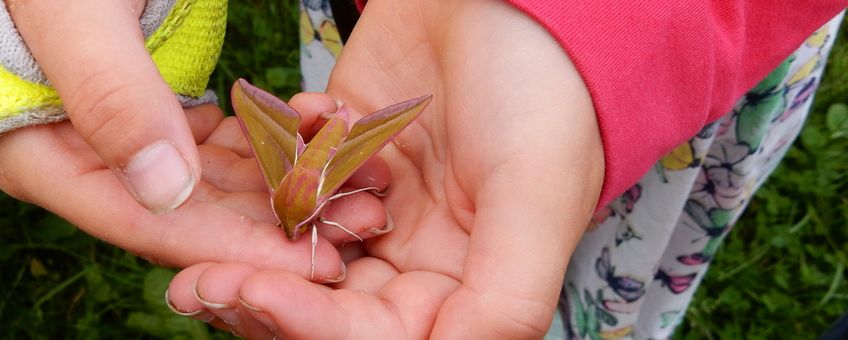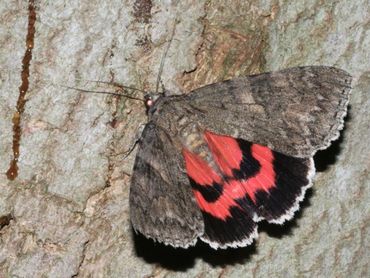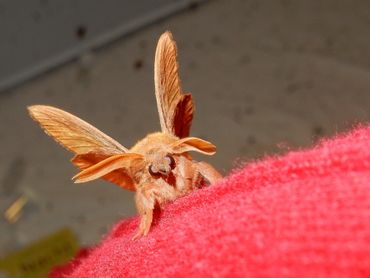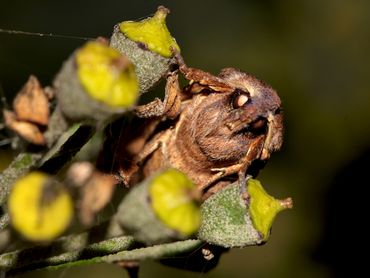

 Despite initiatives, information on moth biodiversity that is readily available can be limited in scope and accuracy and is often out of date. However, information about biodiversity is critical to achieve both global and European environmental protection objectives. At the European level, the EU’s biodiversity strategy for 2030 clearly sets a target to reverse the decline of pollinators across Europe by 2030, through the EU Nature Restoration Plan and the EU Pollinators Initiative. The latter was launched by the European Commission in 2018 to improve the knowledge on wild pollinators, in particular the causes and consequences of their decline in Europe. Moths are part of this group.
Despite initiatives, information on moth biodiversity that is readily available can be limited in scope and accuracy and is often out of date. However, information about biodiversity is critical to achieve both global and European environmental protection objectives. At the European level, the EU’s biodiversity strategy for 2030 clearly sets a target to reverse the decline of pollinators across Europe by 2030, through the EU Nature Restoration Plan and the EU Pollinators Initiative. The latter was launched by the European Commission in 2018 to improve the knowledge on wild pollinators, in particular the causes and consequences of their decline in Europe. Moths are part of this group.
 The vision of the European Red List is to produce reliable information on the status of biodiversity available to support the work of conservation practitioners, scientists, land-use planners, policymakers and others. Red List data are primarily used as indicators of biodiversity trends at the species level but can also be extrapolated for use as indicators of trends at the habitat and ecosystem level.
The vision of the European Red List is to produce reliable information on the status of biodiversity available to support the work of conservation practitioners, scientists, land-use planners, policymakers and others. Red List data are primarily used as indicators of biodiversity trends at the species level but can also be extrapolated for use as indicators of trends at the habitat and ecosystem level.
With this new project on moths which is funded by the European Union, experts will work on assessing the regional status of all native species of macro moths present in Europe and a selection of micro moths species. The project started in April 2021 and is expected to run until March 2024. As an output, several factsheets and publications will inform practitioners, policy makers and the public on the status of a selection of moths assessed following the IUCN’s Red List methodology.
For more details, please contact the IUCN Secretariat in Brussels.
Text: Sarine Barsoumian, IUCN and Kars Veling, Dutch Butterfly Conservation
Photos: Kars Veling (lead photo: the elephant hawk moth (Deilephila elpenor))


